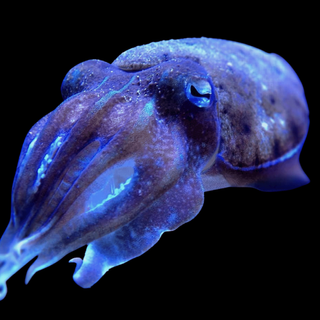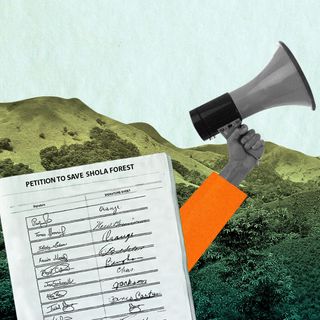In an uncanny mimicry of human behavior during the pandemic, fruit flies were found to eat more and sleep less when subjected to chronic social isolation, according to a new study published in Nature.
For contrast, flies grouped together in lockdown conditions or paired off in twos showed no differences in their eating or sleeping patterns.
Further, chronic social isolation, rather than acute social isolation, was found to have a greater impact on the flies. Chronic social isolation as per the study refers to 5-7 days of continuous isolation, whereas acute refers to much shorter durations of social isolation.
“We found that loneliness has pathological consequences, connected to changes in a small group of neurons, and we’ve begun to understand what those neurons are doing,” said Michael W. Young, from the Laboratory of Genetics at Rockefeller and co-author of the study
In a first, researchers have zeroed in on the neurological mechanisms at play in the connection between social loneliness, reduced sleep, and increased eating. While this link has been anecdotal in humans, the study on fruit flies paves the way for a more in-depth study on the neurons that are activated when people experience loneliness.
Fruit flies, known scientifically as Drosophila, are known to be highly social creatures and engage in group feeding, foraging, mating, and are even associated with “the existence of culture,” making them an apt subject for the study.
“Evolution packed a great deal of complexity into these insects long ago and, when we dig into their systems, we often find the rudiments of something that is also manifest in mammals and humans,” said Wanhe Li, a research associate in Young’s lab and lead author of the study.
The fruit fly in particular has also been chosen in the past for other studies on human behavior, and significantly contributed to neuroscience as a discipline.
In the present study, scientists found that quarantining them in a test tube activated the neuron associated with more eating. This was because loneliness altered brain states into one that signaled starvation, even though the flies had uninterrupted access to food. In other words, “the brain of a fly maintained in chronic social isolation closely resembles the brain of a starving fly, despite continuous access to food.”
Related on The Swaddle:
There’s No ‘Depression Gene’ After All, Scientists Say
Interestingly, artificial manipulation of a neuron associated with sleep regulation, known as P2, led to a misperception of loneliness: in isolated flies, suppressing P2 led to a restoration of normal eating and sleeping patterns, but boosting it for only a day resulted in altered eating and sleeping behavior as if the flies had been alone for a week.
Most significantly, activation of P2 in grouped flies produced no changes at all — thereby cementing the biological link between social isolation and brain responses.
“This unexpected association between social isolation, sleep and metabolism in an insect model is reminiscent of the connection observed by social psychologists between loneliness, sleep difficulties and hyperphagia,” the study concluded.
Researchers have hypothesized for a while that a lack of community and social isolation can lead to disease. A previous study on humans found that social isolation produced craving responses similar to hunger. However, not much was understood about how exactly illness is caused due to loneliness.
“Models such as the one proposed by Li and colleagues might lead to a greater understanding of mental illness in people, and could inform the development of new ways to treat isolation and, by extension, craving and addiction,” wrote Joel D. Levine, in a commentary on Nature.
Experts thus note that the study is significant in light of the fact that loneliness and social isolation is a pressing public health concern in our times, especially during the pandemic. “The pandemic thus serves as a wake-up call to us to find new strategies for ensuring the health of society,” Levine added.




